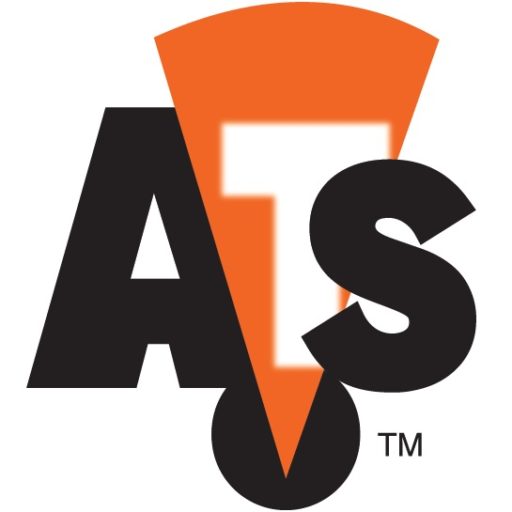 There are a couple subtle aspects of successful predictive maintenance (PdM) programs that the industry doesn’t often acknowledge: communication and documentation. Most people will agree that both these concepts are elementary but must also be emphasized for almost any organization/program to survive and grow. This is also true of predictive maintenance. There are typically many different groups or individuals that are associated with a PdM program. Without sufficient communication and documentation, these people can be left “out of the loop” and essential tasks will be ignored. A world class predictive maintenance program cannot be realized if these two concepts are not made to be a reality.
There are a couple subtle aspects of successful predictive maintenance (PdM) programs that the industry doesn’t often acknowledge: communication and documentation. Most people will agree that both these concepts are elementary but must also be emphasized for almost any organization/program to survive and grow. This is also true of predictive maintenance. There are typically many different groups or individuals that are associated with a PdM program. Without sufficient communication and documentation, these people can be left “out of the loop” and essential tasks will be ignored. A world class predictive maintenance program cannot be realized if these two concepts are not made to be a reality.
With a significant number of people involved in the reliability agenda, the cycle of information must flow freely. Take a vibration or infrared route for example.
1) Typically, a criticality list must be developed and provided for the reliability or maintenance staff.
2) Work orders may need to be generated for route collection.
3) Data is collected with the assistance of production, safety, maintenance groups and more.
4) Analysts complete reports and make recommendations.
5) Work orders are again generated, this time for repairs.
6) Confirmed repairs are documented for quarterly or end of year cost avoidance.
7) New data can be collected to confirm repairs were successful.
While these may only be a few of the necessary steps in a typical route collection, the need for clear and concise communication between all team members involved becomes quite obvious. Any significant communication failure or delay can interrupt the process and negate any potential benefits.
The importance of documentation in predictive maintenance should also be stressed, especially when it comes to confirmed repairs and cost justification. Documentation is the most important step in quantifying the successes (or failures) of your PdM program. If you follow all the correct steps in implementing your PdM program, but do not track these successes with specific information, you will have a much more difficult time justifying your program to upper management. We’ve all seen corporate agendas and local budgets change from year to year. Being able to show specific figures in regards to the PdM investment and return on investment can aid you significantly when it comes time to justify the program you and your team have built.
Communication and documentation may not be your first priority when you start on your predictive maintenance initiative. With so many things to consider as you build or re-evaluate your program, these two topics may not even come up in your meetings. I would highly suggest that you make them a priority and even a part of your PdM processes and culture. Your program will be significantly more successful with effective communication and much easier to sustain through proper documentation.






0 Comments